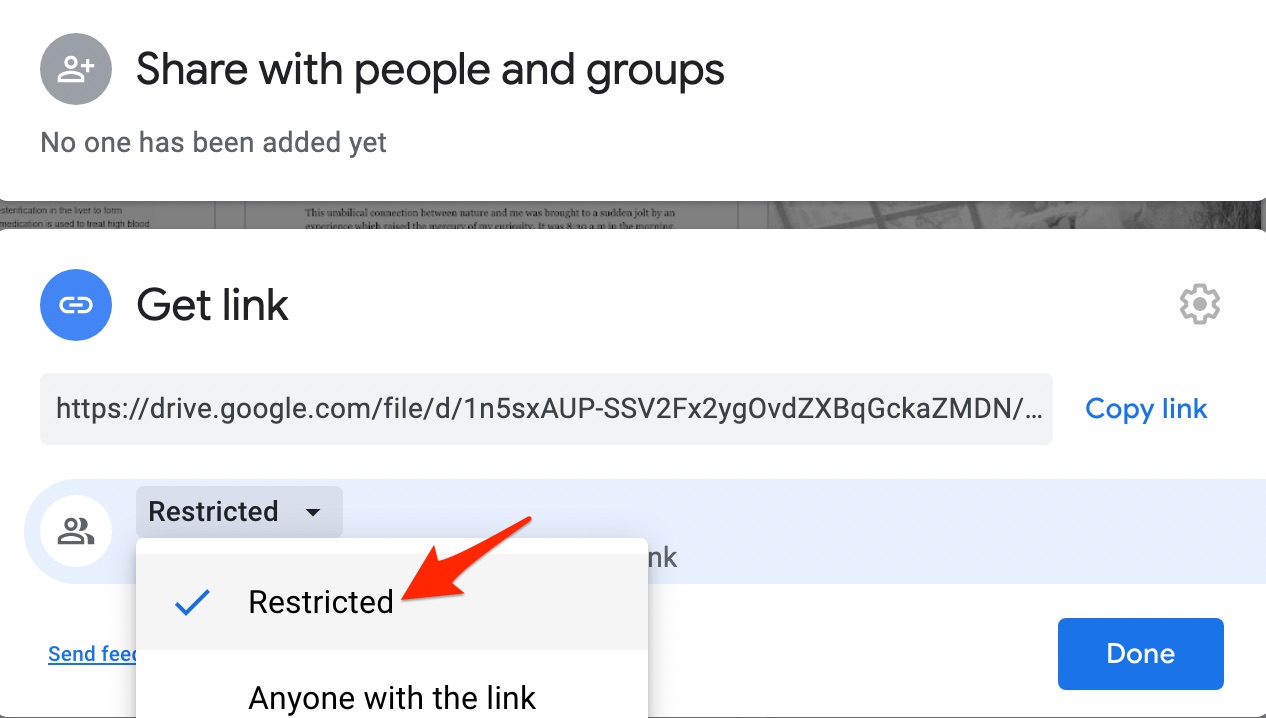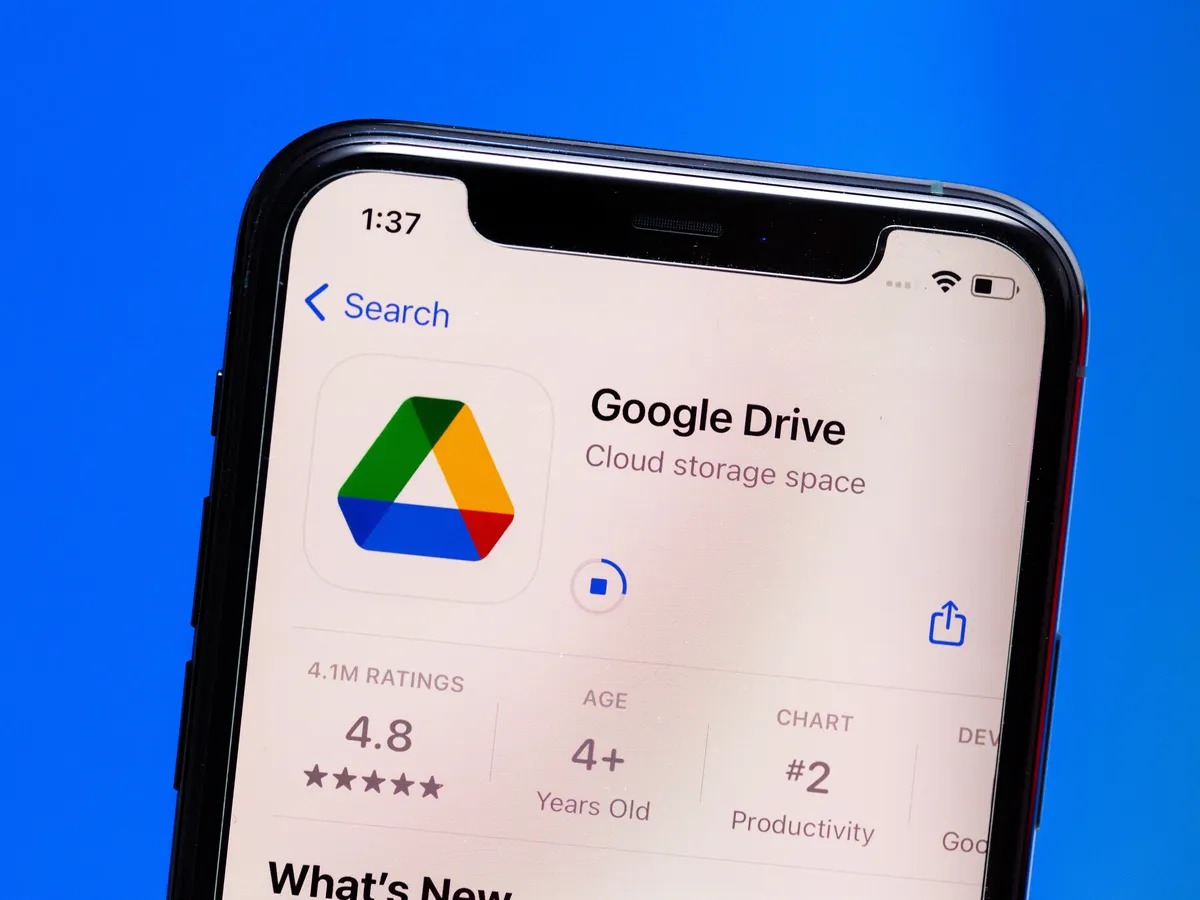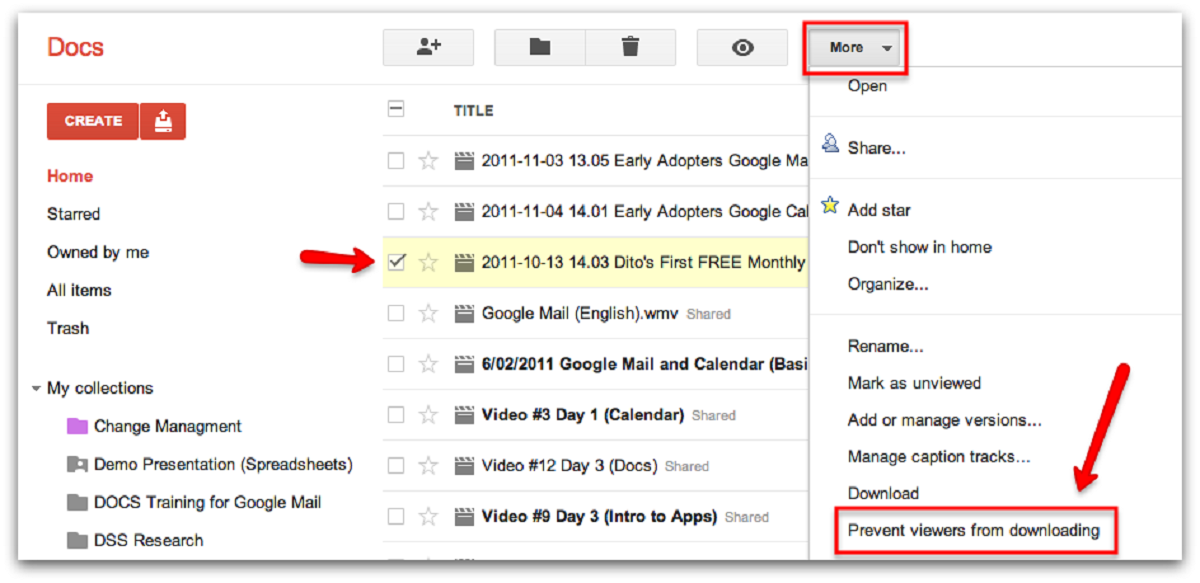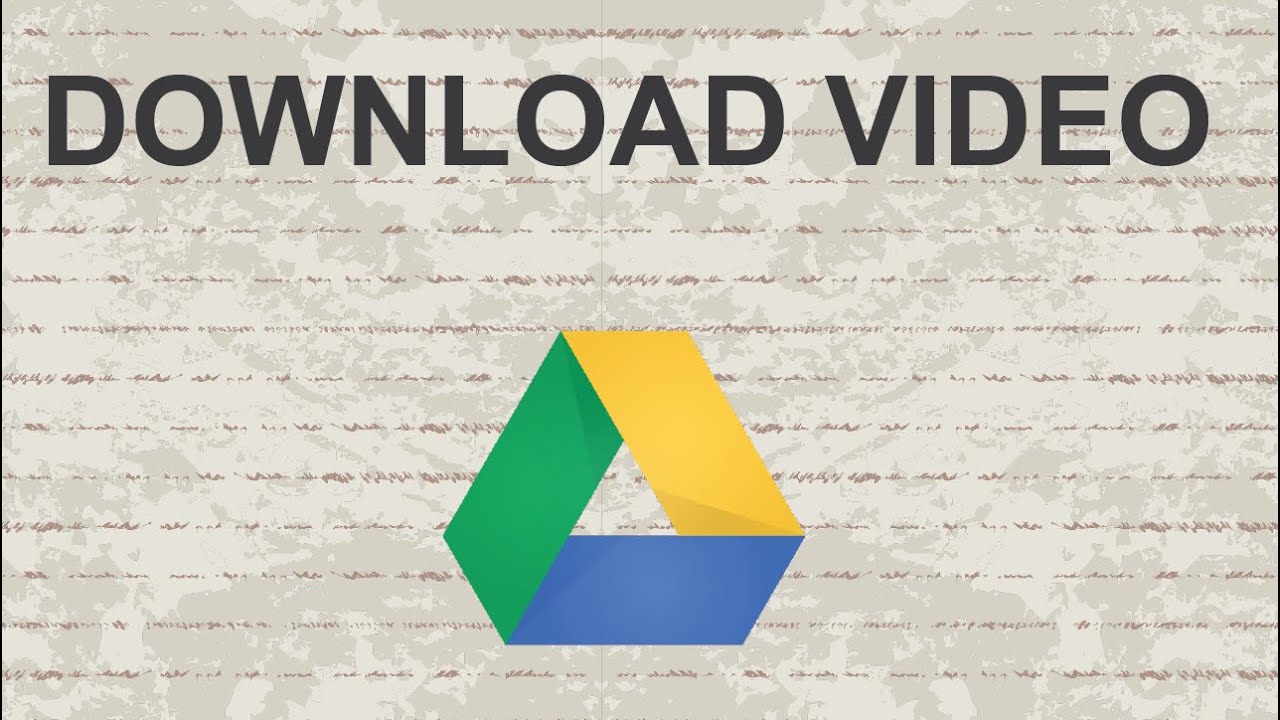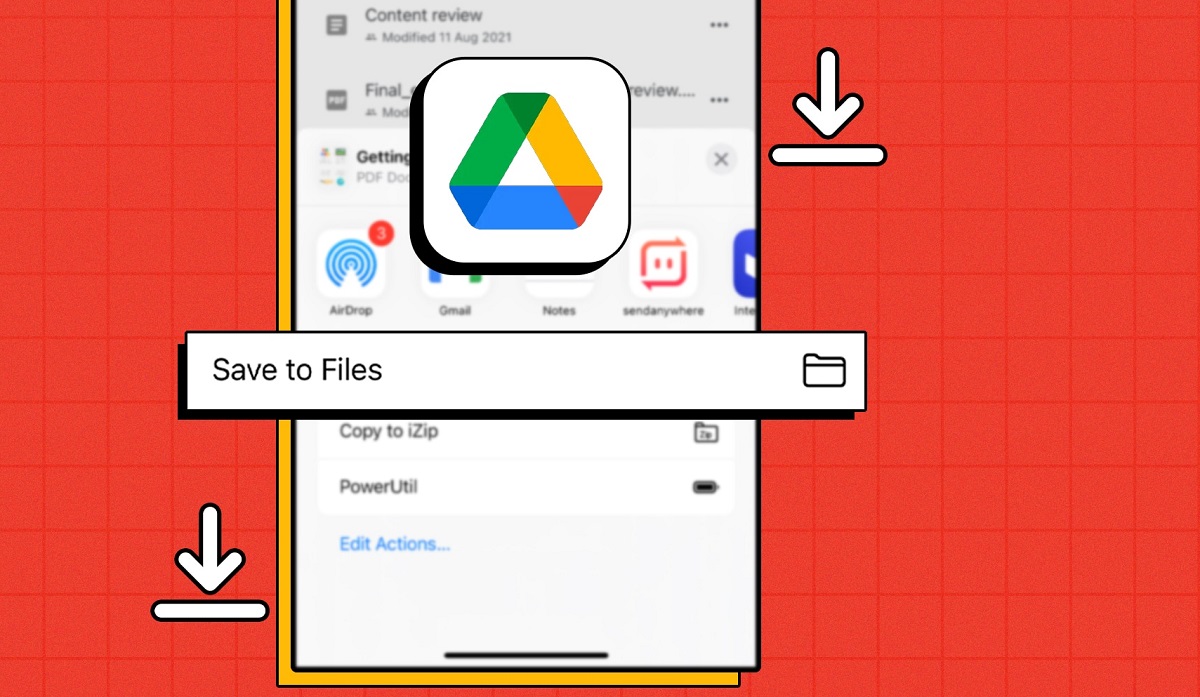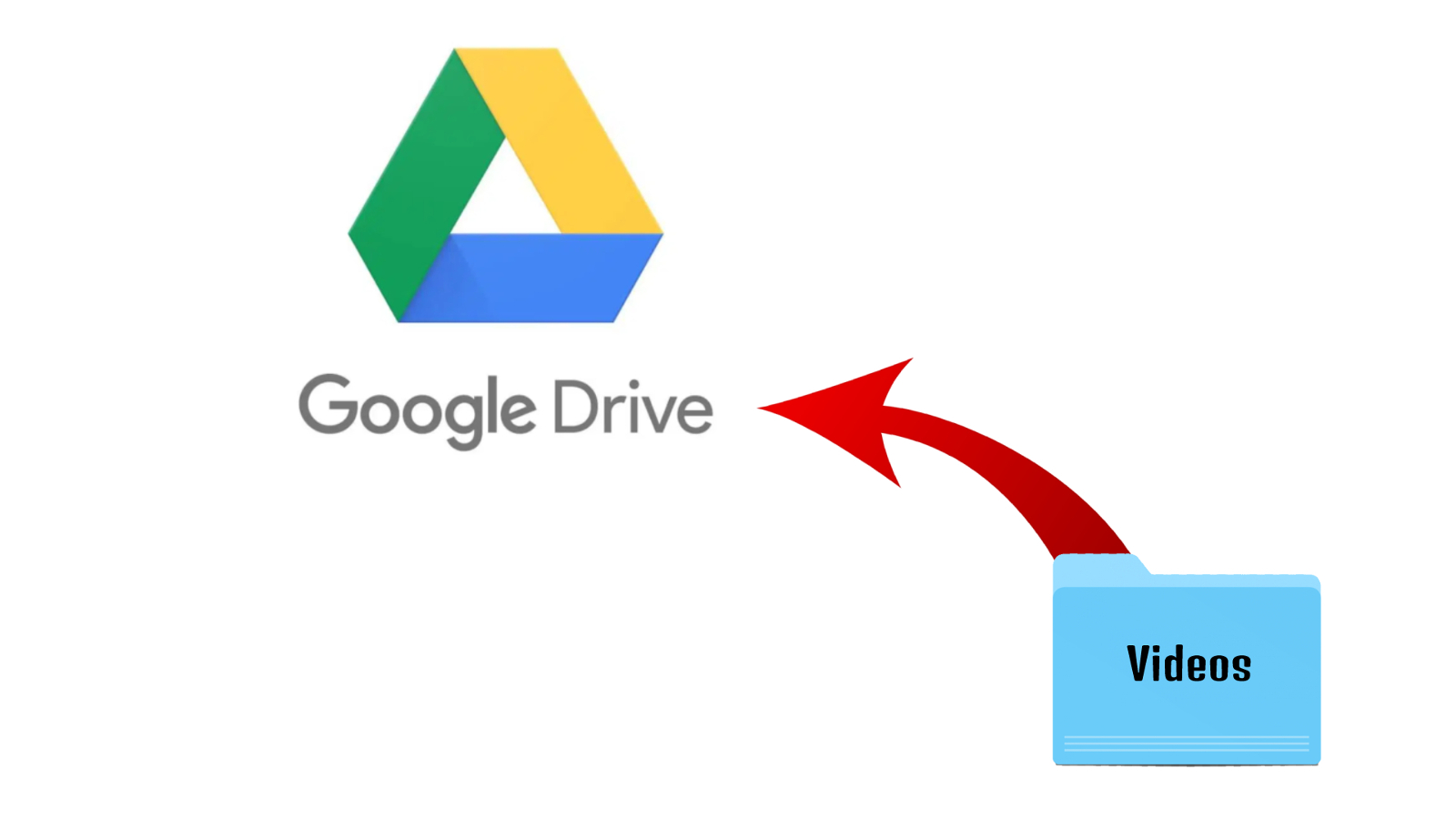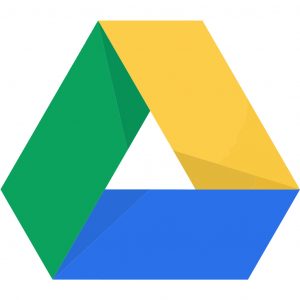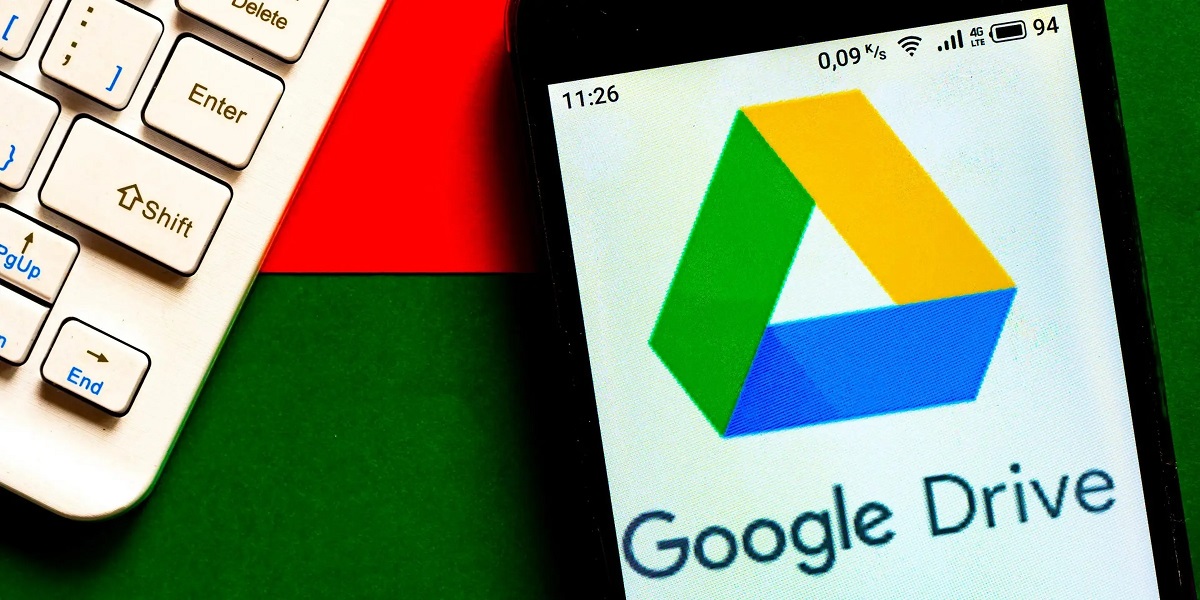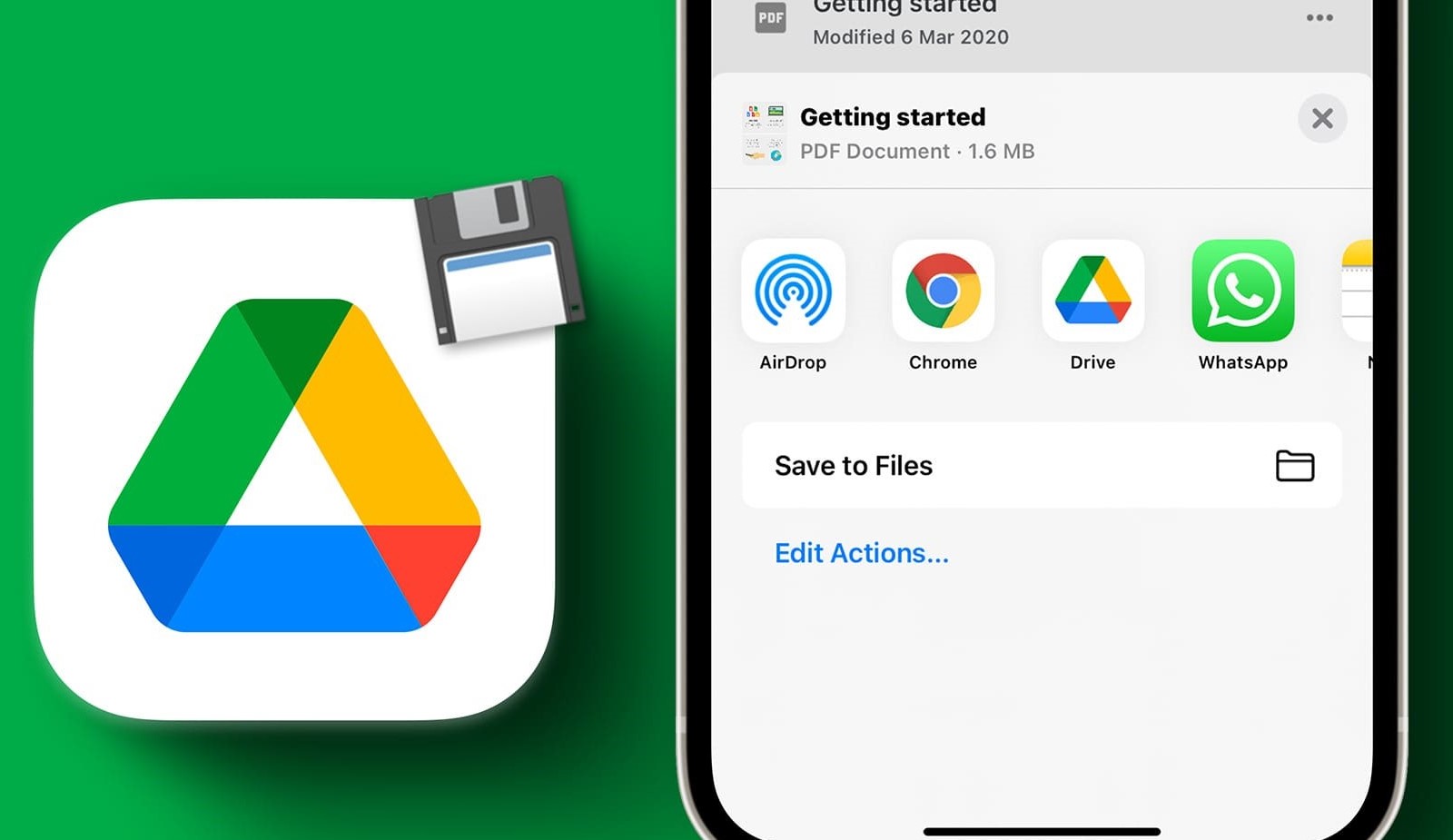Introduction
Google Drive is a widely used cloud storage platform that allows users to store and share files and folders. One of the key features of Google Drive is the ability to control access to files through permissions. However, there may be instances where you come across a shared file on Google Drive that you don’t have permission to access, and you need to download it for your own use.
In this article, we will explore various methods to download shared files from Google Drive without permission. While it’s important to respect the privacy and ownership of files, these methods can be helpful under certain circumstances, such as when you need to access a file shared with a large group of people or if the file owner has restricted access unintentionally.
Note that bypassing file permissions without proper authorization may violate copyright laws and terms of service. This article is for informational purposes only, and it’s essential to use these methods responsibly and within legal boundaries.
Now let’s dive into the different methods you can utilize to download shared files from Google Drive without permission.
Understanding Google Drive Permissions
Before we explore the methods to download shared files from Google Drive without permission, it’s important to understand the concept of permissions in Google Drive. When you upload a file to Google Drive, you have the option to specify who can access the file and what actions they can perform.
There are three main levels of permissions in Google Drive:
- Owner: The owner of a file has full control over it. They can view, edit, and delete the file. Additionally, the owner can grant or revoke permissions for other users.
- Editor: Users with editor permissions can make changes to the file, including adding, editing, and deleting content.
- Viewer: Users with viewer permissions can only view the file. They cannot make any changes or edits.
When you attempt to download a shared file from Google Drive, the file’s permissions determine whether you’re allowed to access it. If you don’t have the necessary permissions, you’ll encounter an error message or a prompt to request access from the file owner.
While it’s important to respect the intended access restrictions set by file owners, there are situations where you may need to download a shared file without permission. In the next sections, we’ll explore different methods that can help you achieve this.
Method 1: Making a Copy of the File
If you come across a shared file on Google Drive that you don’t have permission to access, one workaround is to make a copy of the file. By making a copy, you create a new version of the file that you have full control over.
Here’s how you can make a copy of a shared file:
- Open the shared file in Google Drive.
- Click on the file to select it.
- In the toolbar at the top, click on the “Make a copy” button. This will create a duplicate copy of the file that is owned by you.
- The copied file will appear in your Google Drive, and you will have full access to it.
It’s important to note that making a copy of the file does not grant you permission to access the original file. It only creates a separate version that you can work with. Additionally, the file owner will not be notified when you make a copy of their file.
This method is especially useful when you want to save a shared file to your own Google Drive account for easy access and editing. However, keep in mind that you should respect the file owner’s intentions and use this method responsibly.
Method 2: Adding the File to Your Google Drive
If you want to download a shared file from Google Drive without permission, another option is to add the file to your own Google Drive. By adding the file to your own Drive, you gain access to it and can then download or make changes to the file as needed.
Here’s how you can add a shared file to your Google Drive:
- Open the shared file in Google Drive.
- Click on the “Add to Drive” icon located in the toolbar at the top. This will add the file to your own Google Drive.
- Once added to your Drive, you can now access the file and perform actions like downloading it or making edits.
When you add a shared file to your Google Drive, it will appear in a folder called “Shared with me.” You can find this folder on the left-hand side panel of your Google Drive interface.
Remember that adding the file to your Google Drive does not grant you permission to access the original file or change its permissions. It simply creates a synced copy in your own Drive for your convenience.
This method is helpful when you need to download and work with a shared file in your own Google Drive environment. However, always respect the file owner’s permissions and use this method responsibly.
Method 3: Downloading the File via a Shared Link
Downloading a shared file from Google Drive without permission may also be possible by directly downloading the file through a shared link. However, please note that this method may not work for all shared files, as it depends on the file owner’s permissions settings.
Here’s how you can try to download a shared file through a shared link:
- Obtain the shared link to the file. The file owner may have shared the link with you directly or posted it in a document, email, or website.
- Open a web browser and paste the shared link in the address bar.
- Press Enter or Return to navigate to the link.
- If the file is accessible, it will open in a preview mode in your browser.
- To download the file, click on the three-dot menu icon located at the top-right corner of the preview window. From the drop-down menu, select the “Download” option.
- Your browser will initiate the file download, and you can save it to your desired location on your computer or device.
It’s important to remember that this method will only work if the file owner has allowed anyone with the shared link to download the file. If the file’s permissions restrict downloading, you will encounter an error message or prompt to request access.
Respect the file owner’s intentions and make sure you have the necessary rights and permissions before downloading a shared file through a shared link. Misusing or accessing files without proper authorization could violate copyright laws and Google Drive’s terms of service.
Proceed with caution and use this method responsibly.
Method 4: Using Third-Party Tools or Extensions
If the previous methods don’t work for downloading a shared file from Google Drive without permission, you can consider using third-party tools or extensions. These tools can provide additional functionality and options for downloading files from various sources, including Google Drive.
Here are a few third-party tools and extensions you can explore:
- Google Drive Direct Link Generator: There are online tools available that can generate direct download links for Google Drive files. Simply enter the file’s shared link, and the tool will generate a direct download link that bypasses the permission restrictions.
- Browser Extensions: Some browser extensions, such as “Save to Google Drive,” “Download All Files,” or “Google Drive Picker,” can provide enhanced options for managing and downloading files from Google Drive. These extensions may offer features like bulk downloading, advanced file management, and direct downloading of shared files.
- Download Managers: Download managers, like Internet Download Manager (IDM) or JDownloader, can help you download files from various sources, including Google Drive. These tools often offer advanced features like download acceleration, resumable downloads, and the ability to fetch files from shared links directly.
It’s important to exercise caution when using third-party tools and extensions. Make sure to research and download them from trusted sources to avoid malicious software or potential security risks.
Remember, when using third-party tools, you should be aware of any potential legal implications. Misusing these tools to download copyrighted content without permission can breach copyright laws and terms of service.
Always respect the owner’s permissions and use third-party tools responsibly and within legal boundaries.
Conclusion
Downloading shared files from Google Drive without permission can be a challenging task, as it goes against the intended access restrictions set by the file owner. However, there are certain methods you can try under specific circumstances to download these files for your own use.
In this article, we explored different methods to download shared files from Google Drive without permission. These methods include making a copy of the file, adding the file to your own Google Drive, downloading the file via a shared link, and utilizing third-party tools or extensions.
It’s crucial to approach these methods with caution and responsibility. Respect the file owner’s intentions and adhere to copyright laws and terms of service. Always ensure that you have the necessary rights and permissions before downloading shared files without explicit authorization.
Additionally, remember that bypassing file permissions can have legal consequences and may violate the terms of service of Google Drive or other platforms. It’s important to use these methods responsibly and within legal boundaries.
If you find yourself unable to access a shared file on Google Drive, consider reaching out to the file owner to request the necessary permissions. Open communication and collaboration can often lead to a mutually beneficial resolution.
Lastly, keep in mind that the methods mentioned in this article may not work in all scenarios. Google Drive’s permissions system is designed to ensure data privacy and integrity, and it’s important to respect those principles.
By understanding the different methods available, you can make informed decisions when it comes to downloading shared files from Google Drive without permission. Remember to prioritize ethical practices and respect the rights of content creators and file owners.







